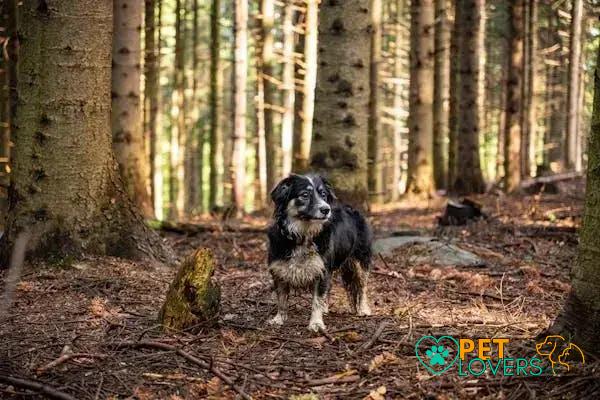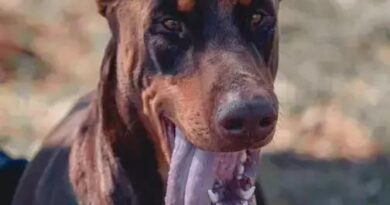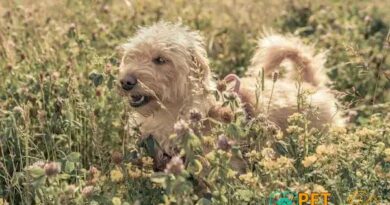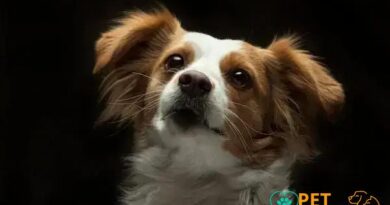Curiosities about the Komondor: Discover the Secrets of This Unique Breed
Curiosities about the Komondor are bound to surprise even the most avid dog lover. This fascinating breed, known for its distinctive corded coat, has a rich history and a set of unique traits that make it stand out. In this post, we will explore the origins, physical characteristics, and behavior of the Komondor, giving you a comprehensive understanding of this remarkable canine.
The Origins and History of the Komondor
The Komondor is an ancient breed that has a rich history dating back over a thousand years. Originating from Hungary, this majestic dog was primarily used by shepherds to guard livestock against predators. The breed’s distinctive corded coat is believed to have evolved as a form of protection, both against harsh weather conditions and potential attacks from wolves and other wild animals.
Historical records suggest that the ancestors of the Komondor may have been brought to Hungary by nomadic tribes, with the breed’s development heavily influenced by the requirements of pastoral life. The Komondor’s natural instincts and loyalty made it an invaluable asset for protecting sheep and cattle in the vast, open plains known as the Puszta.
During the early 20th century, the Komondor began to gain recognition outside of Hungary. The breed was officially categorized by the American Kennel Club (AKC) in 1937. Despite facing near-extinction during World War II, dedicated breeders worked tirelessly to preserve the Komondor’s legacy. Today, this remarkable dog continues to be celebrated for its unique appearance and steadfast guardian instincts.
Unique Physical Traits and Grooming Needs
The Komondor boasts unique physical traits that set it apart from other breeds. One of the most distinguishable features is its dense, corded coat that resembles dreadlocks. This coat isn’t just for show; it provides protection against predators and harsh weather. The cords form naturally as the puppy grows, requiring careful attention to ensure they form properly.
Regular grooming is essential to prevent the coat from becoming unmanageable or matted. The locks need to be separated by hand to keep them clean and free of debris. Bathing a Komondor can be a lengthy process, as the coat holds water and dries slowly.
The Komondor’s skin is usually tight and elastic, adding another layer of protection. Its coat color is always white, and it has a robust, muscular build designed for its original role as a livestock guardian. Regular checks for skin irritations or infections are important due to the dense nature of their coat.
The Komondor’s Temperament and Behavior
The Komondor is a confident and brave breed known for its protective nature. They’re incredibly loyal to their families and often wary of strangers. This makes them excellent guard dogs, as they are naturally inclined to watch over their home and loved ones.
While they are generally calm and affectionate with family members, it’s important to note that Komondors can be stubborn and require consistent training. Early socialization helps them adapt better to various environments and makes them more approachable to new people and pets.
Intelligence and Training
Komondors are intelligent and can pick up commands quickly, but their independent nature means they may not always be eager to obey. Positive reinforcement and patience are key when training them. Engage them in meaningful activities that challenge their minds to keep them stimulated and happy.
Social Interaction
They do well in family settings and can get along with children if socialized early. However, their protective instincts mean they may be over-vigilant and require guidance to differentiate between real threats and everyday situations.
Exercise Needs
Komondors don’t need extensive exercise like some working breeds, but they do benefit from regular walks and playtime. This helps to burn off excess energy and prevent boredom, which can lead to behavioral issues.




